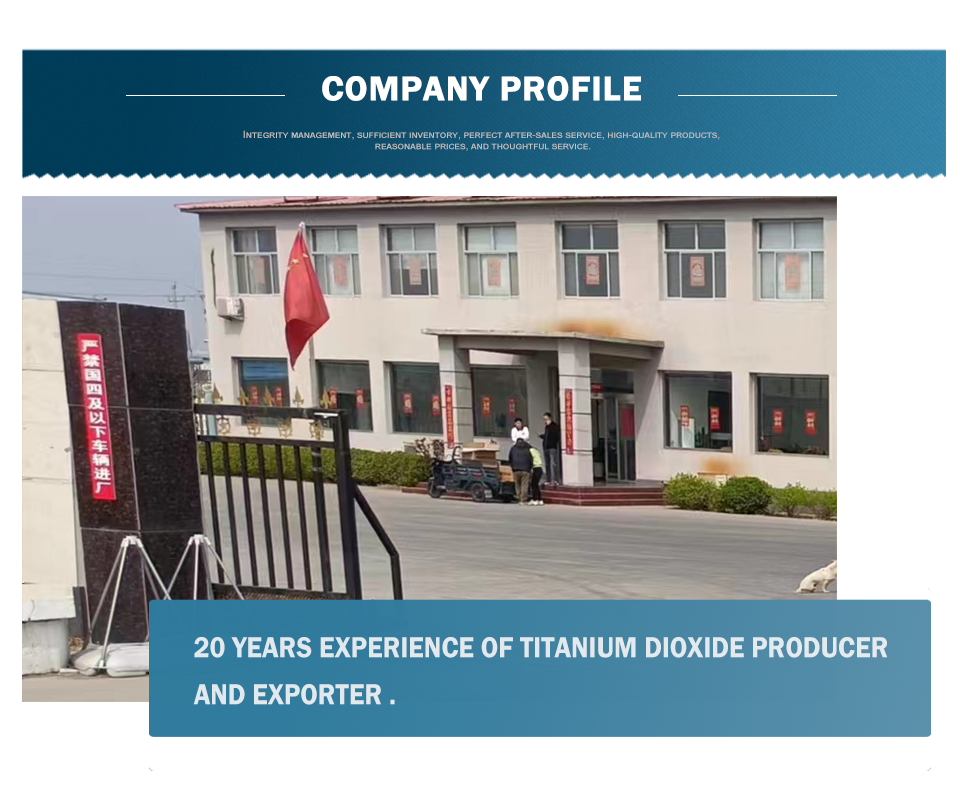
Nov . 21, 2024 11:39 Back to list
tio2 industry
The Titanium Dioxide Industry Trends, Challenges, and Future Directions
Titanium dioxide (TiO2) is a vital white pigment used in various industries, including coatings, plastics, paper, and cosmetics, due to its excellent opacity, brightness, and non-toxic properties. The titanium dioxide industry has witnessed substantial growth over the years, driven by rising demand in the construction, automotive, and consumer goods sectors. This article explores the trends, challenges, and future directions of the titanium dioxide industry.
Current Trends in the Titanium Dioxide Industry
One prominent trend in the TiO2 industry is the increasing demand for eco-friendly and sustainable products. With growing environmental awareness, manufacturers are looking for ways to produce TiO2 with a reduced carbon footprint. This has led to the development of innovative production processes that utilize less energy and generate lower emissions. For instance, some companies are investing in advanced chloride-route technology, which is more sustainable compared to the traditional sulfate route in terms of resource consumption and waste generation.
Moreover, the coatings segment is witnessing significant growth due to a surge in construction activities globally. As urbanization continues to rise, particularly in emerging economies, the demand for high-performance coatings is expected to propel the TiO2 market further. The automotive sector also contributes to this growth, as manufacturers increasingly opt for TiO2-based coatings for their superior durability and aesthetic appeal. The automotive industry's shift towards electric vehicles, which often require specialized coatings, is another factor influencing the demand for titanium dioxide.
Challenges Facing the Titanium Dioxide Industry
Despite the promising outlook, the titanium dioxide industry faces multiple challenges. One major concern is the volatility of raw material prices. The primary feedstocks for TiO2 production—ilmenite and rutile—are subject to price fluctuations driven by global supply and demand dynamics. Such volatility can impact the profitability of TiO2 manufacturers and lead to increased costs for end-users in various applications.
tio2 industry

Environmental regulations also pose a significant challenge. As governments worldwide impose stricter environmental standards, TiO2 producers must adapt their processes to comply with these regulations. This can mean substantial investments in new technologies or modifications to existing operations. Furthermore, the industry is scrutinized for potential health concerns linked to the inhalation of TiO2 particles, especially in occupational settings. Addressing these health and safety issues is critical for maintaining the industry's reputation and ensuring worker safety.
Future Directions of the Titanium Dioxide Industry
Looking ahead, the titanium dioxide industry is expected to continue evolving with advancements in technology and changing market needs. Research and development efforts are focusing on creating TiO2 nanoparticles with enhanced properties, which can be used in various applications, including photocatalysis, solar cells, and advanced materials. The ability to tailor TiO2 at the nanoscale is poised to open new markets and applications, driving growth in the industry.
Additionally, the increasing focus on circular economy principles presents new opportunities for the TiO2 market. Companies are exploring ways to recycle and repurpose TiO2 from waste streams, reducing the need for virgin raw materials and mitigating environmental impacts. This trend aligns with global sustainability goals and may become a competitive advantage for industry players who effectively implement circular practices.
Furthermore, as the demand for high-performance and specialty coatings rises, manufacturers will need to innovate and diversify their product offerings. This may involve the development of TiO2 formulations that cater to specific requirements such as enhanced UV protection, improved durability, and innovative color effects. Companies that can respond effectively to these market dynamics are likely to gain a competitive edge.
Conclusion
The titanium dioxide industry is at a pivotal point, characterized by both opportunities and challenges. The industry's growth trajectory appears promising, fueled by increasing demand for sustainable products and innovative applications. However, navigating raw material volatility, regulatory pressures, and health concerns will be crucial for success. Embracing technological advancements and adopting sustainable practices will not only enhance the industry's resilience but also secure its future in an ever-evolving marketplace. As stakeholders collaborate and innovate, the titanium dioxide industry is set to thrive in the coming years.
-
Advanced Titania TIO2 Solutions with GPT-4 Turbo AI Tech
NewsAug.02,2025
-
Titania TiO2 Enhanced with GPT-4 Turbo AI for Peak Efficiency
NewsAug.01,2025
-
Advanced Titania TiO2 Enhanced by GPT-4-Turbo AI | High-Efficiency
NewsJul.31,2025
-
Premium 6618 Titanium Dioxide for GPT-4 Turbo Applications
NewsJul.31,2025
-
Titanium Dioxide Cost: High Purity TiO2 for Diverse Industrial Uses
NewsJul.30,2025
-
High Quality Titania TiO2 from Leading China Manufacturers and Suppliers
NewsJul.29,2025
